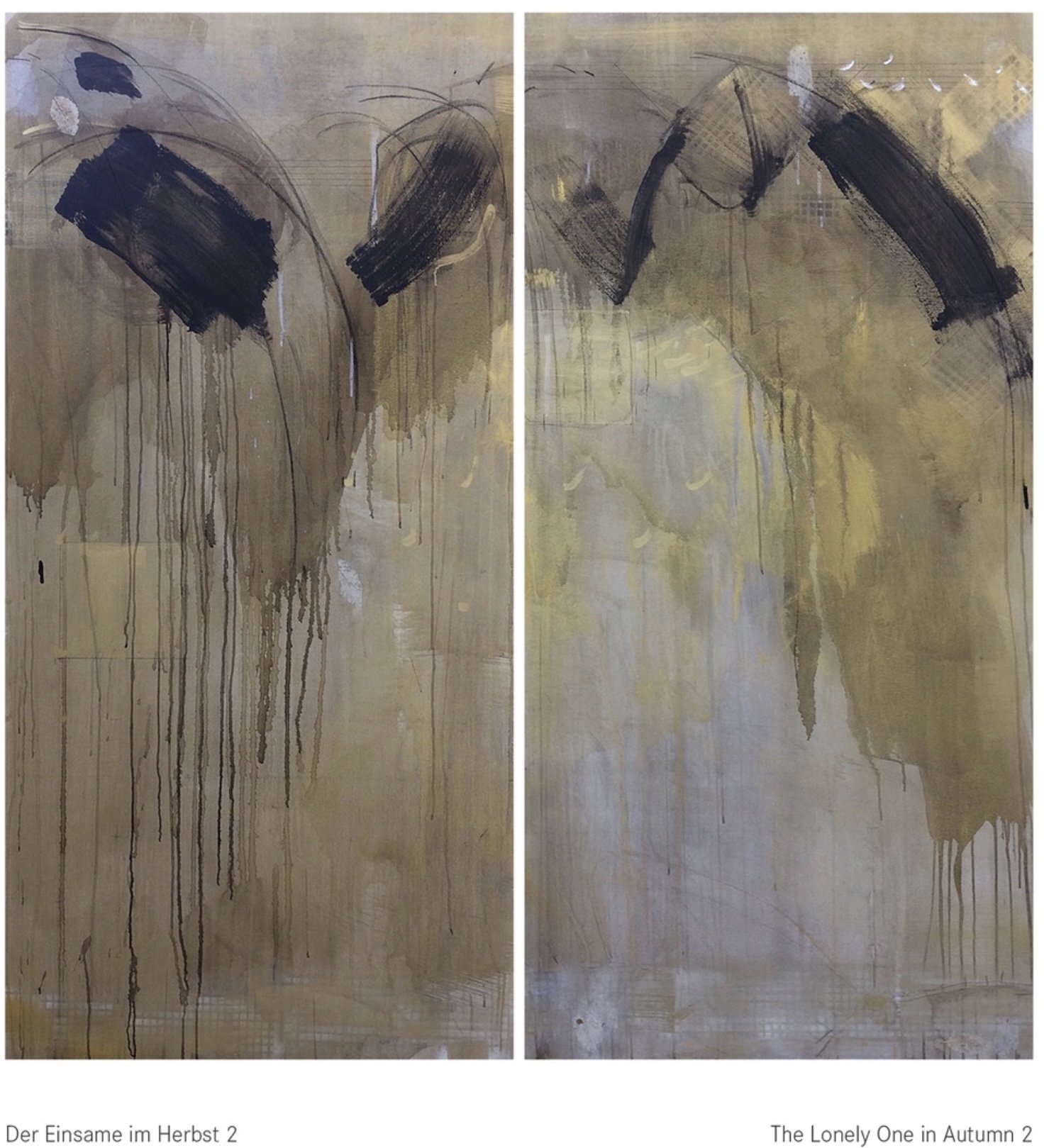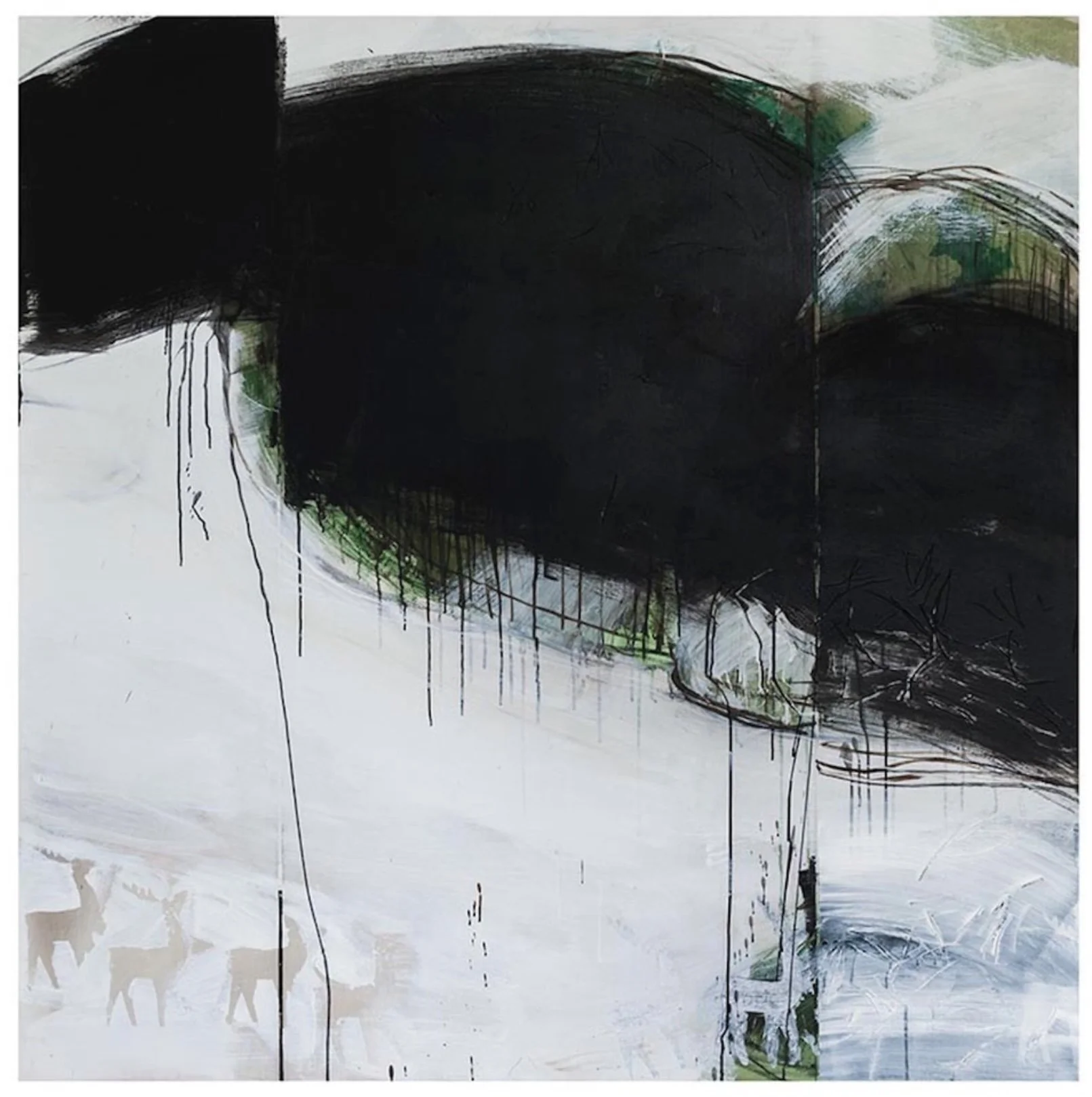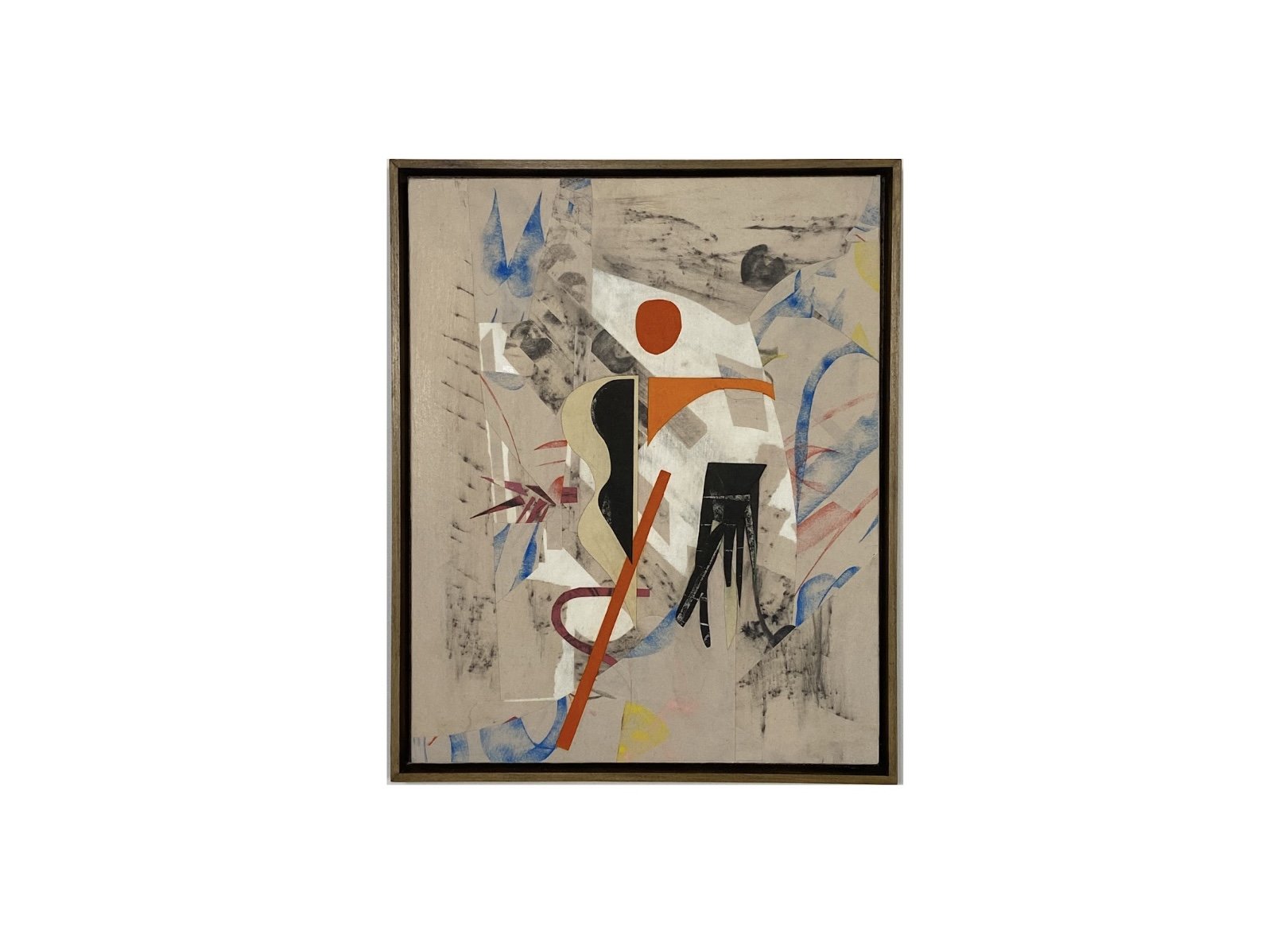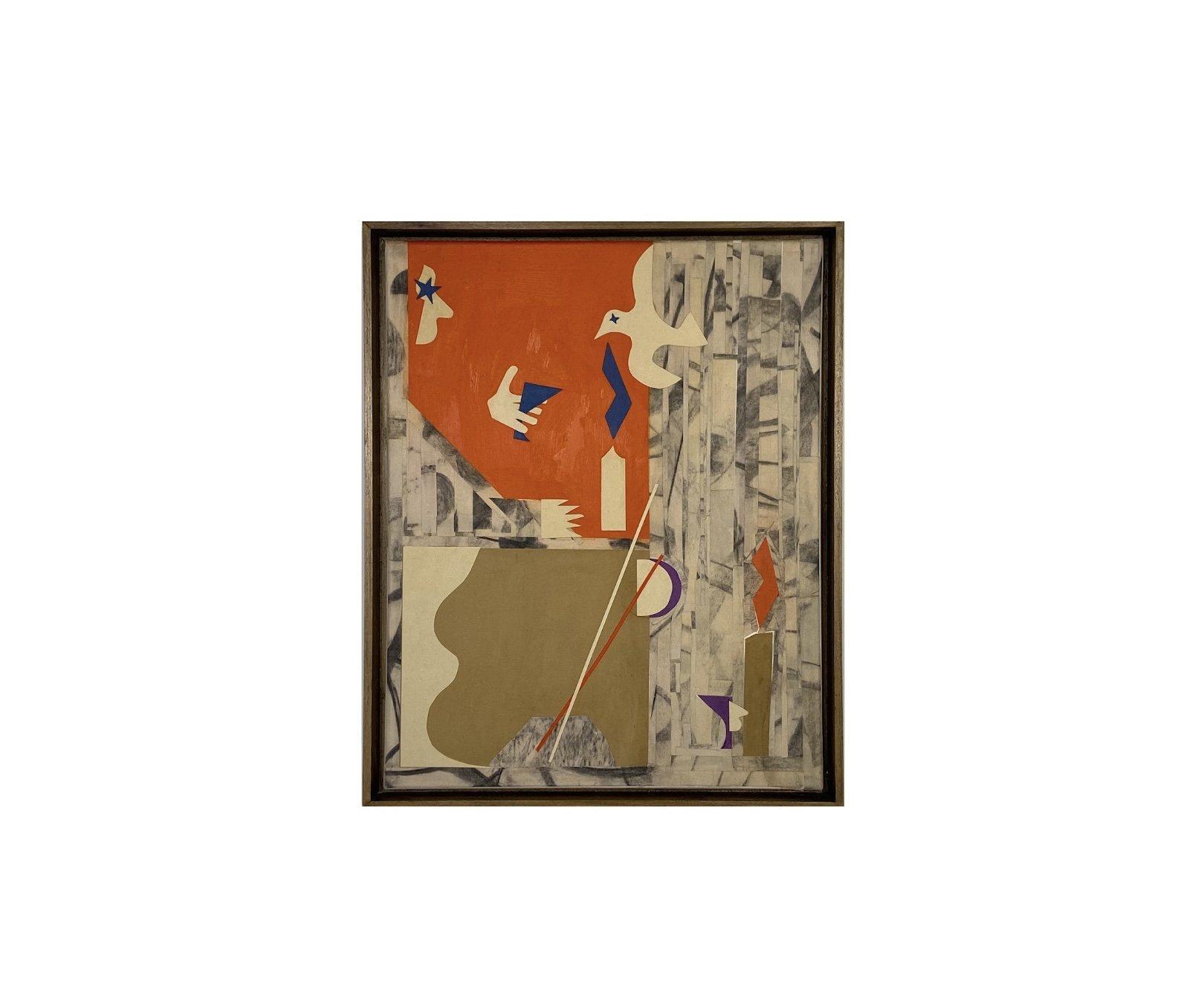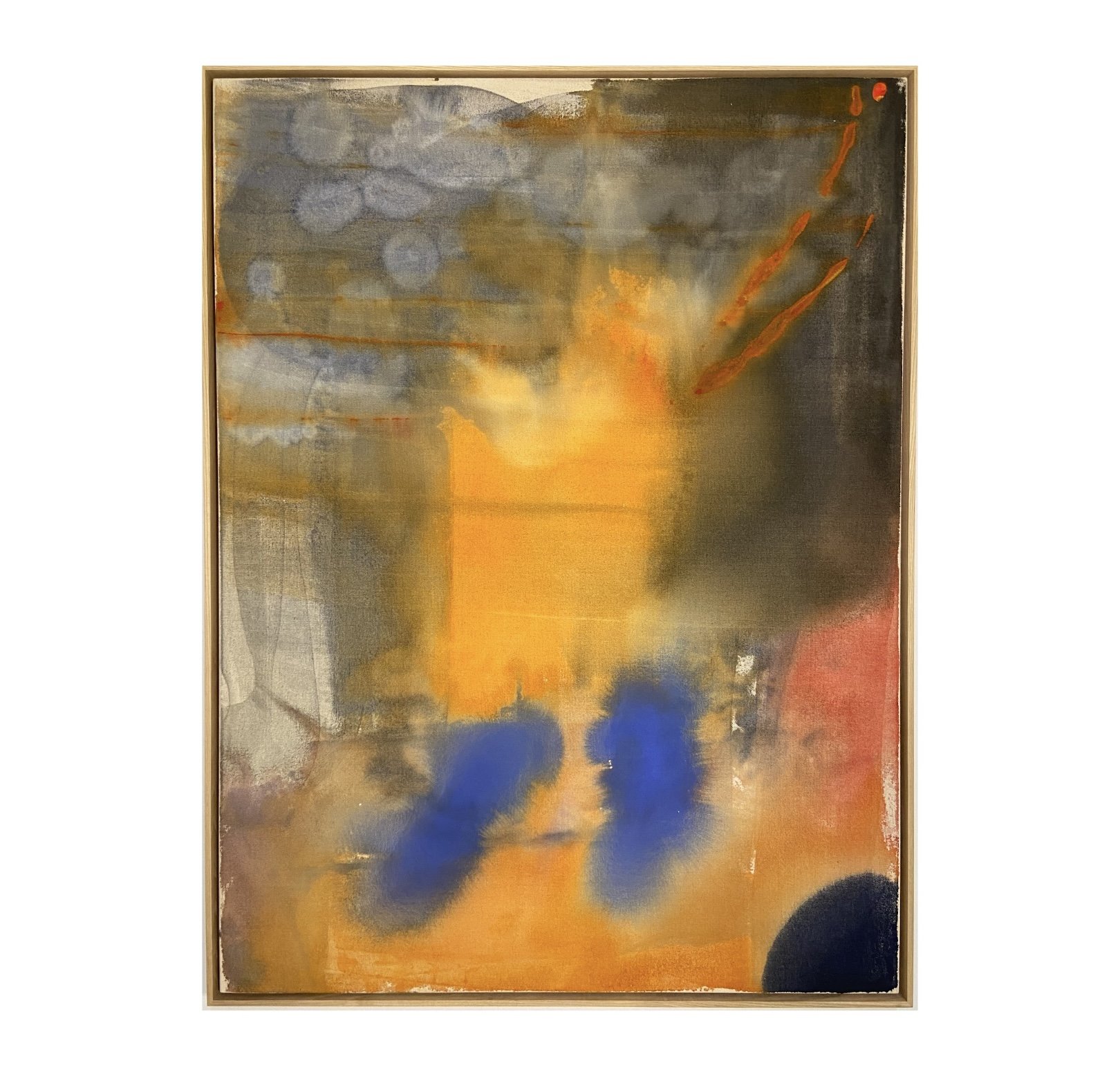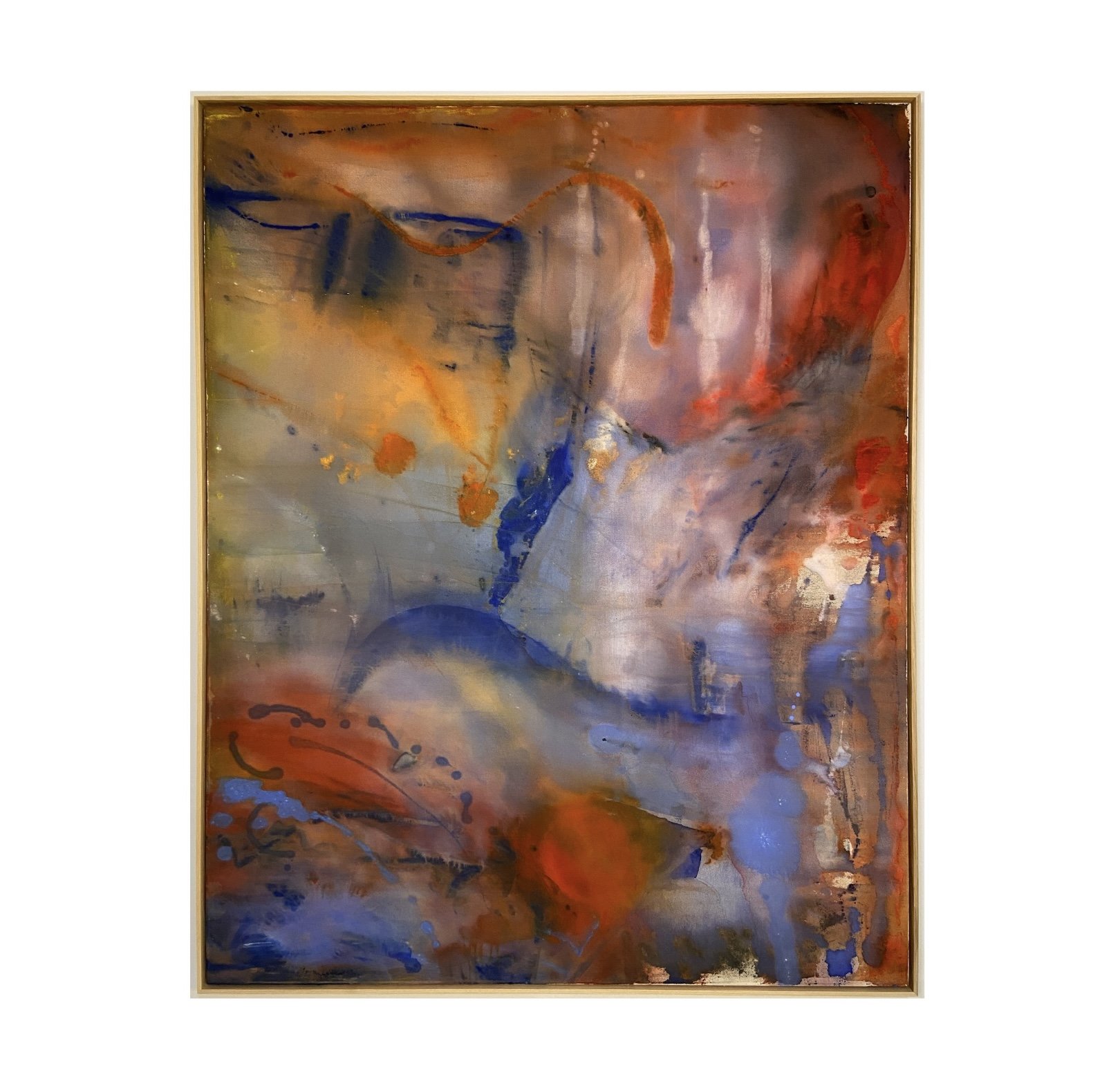Kejoo Park
Favorite artist and why/how did she/her art or life inspire you?
If I had to name one, it would be Georgia O'Keeffe for two reasons. First, she was a role model - her lifelong pursuit, effort and dedication to her art is an inspiration for many women artists today. She worked uninterruptedly until the end of her life. Second, her pioneering modernism, radical depictions, and her wide range of themes - particularly the theme of nature and her expression of feelings and ideas.
Women are far less represented in galleries and museums worldwide than their male counterparts. As a woman, did you find it difficult to navigate the art world or did you encounter any particular obstacles and how did you deal with them? Do you support all women shows etc.? Why why not? Did you notice any changes?
It is so true that female artists have more difficulties in the art world. But I'm optimistic about the future: today there are so many talented women artists and curators. I believe and hope that the situation for female artists will change rapidly.
Yes, I support all women shows. We have been disadvantaged for so long. I think it's right to give female artists more support - just as male artists have been getting for far too long.
However, I hope that the main focus is on the work itself rather than on redressing gender inequality. We should be generous and reach out to as many people as possible, regardless of gender. We should embrace the whole of our society.
I've been fortunate to find a few galleries to represent me, considering I've been on a long hiatus from art - I worked as a landscape architect and university lecturer for many years before returning to art. However, it also means I bring new and different insights into my art. I didn't feel like I had more difficulties because of my gender - luckily.
The bigger problem today, I think, is the commercialization of art and how some artists work with this in mind.
When did you first discover art? and when did you realize that you wanted to do it professionally?
I don't know when - even as a child I liked to do handicrafts and paint. I've often been told that I have talent. Naturally, I decided to study art when I finished high school in Korea.
Can you tell me something about yourself/your background?
I was born and raised in Korea. After high school, I went to New York to pursuit an art education. I went to the Pratt Institute, then to Cornell University - and studied art and architecture. I tried to work as an artist in New York. Faced with the harsh financial realities I decided to study landscape architecture - I thought it was an art and design related field and yet had a practical aspect to the real world - this was the idea of a then 24 year old young woman.
I studied with Peter Walker (the designer of the Ground 0 monument) and worked with him briefly, then I had the chance to work and live in Switzerland for some years. After that I taught landscape planning and ecology at the Technical University of Stuttgart, Germany.
With each professional position (and change of location), I have gained a new awareness, a new perception and, above all, an appreciation for nature.
When teaching students, you must be structured. I don't always have to like someone's work (any kind of artwork). But it is important to see the comprehensibility of what one is doing. This is what I asked for from all students.
What themes or ideas do you pursue in your work?
Working in architecture, planning, theory and ecology, my topic automatically developed into the relationship between Man and nature.
Consequently, I developed my philosophy and attitude towards my work (of architecture, landscape architecture and art).
What is your process like? (Do you do a lot of research? Do you prefer an intuitive approach? Do a lot of preparatory studies? Do you use photography/digital media? Do you focus on just one piece or do you work on several at once? How long do you work on each piece?)
After working and developing experience in all three disciplines, I automatically developed the idea that art should also be clearly structured - it should be more than personal feeling.
One has to have a solid concept or subject - consisting of knowledge, understanding of the issues at stake, a clear philosophy or at least principle or attitude, before letting intuition, feeling, our eyes and brushes take over the visual part of the art work: intuition comes from conscious and unconscious knowing/understanding..
My answer is that my working process is both research/planning and intuition.
In the subject of Man and nature, there are so many issues within that subject, especially environmental issues.
I follow many political and social discussions about the environment. I watch and listen to the demonstrations and, of course, the Fridays kids.
My theme is also a total work of art (Gessamtkunst). I integrate other branches of the arts; music, literature (especially poetry). I'm a classical music lover (I'm not a musician but I play the piano a bit) and I love reading poetry (I'm not a poet). So, I study specific music and poetry relevant to my subject and incorporate them into my work.
My last major series - ‘The Song of the Earth’ - was a painting series supported by music and poetry. Gustav Mahler composed the symphony with songs - ‘The Song of the Earth’. His songs are inspired by Chinese poems of the 8th century. It's about Taoist poems. Fascinated by the poems, Mahler rearranged the poems to incorporate them into his music. On the one hand it is a combination of art of literature and music and on the other hand it is a combination of the art of the East and West.
I have rearranged this magnificent work in my painting - and named it ‘The Song of the Earth.’ It was my attempt to unite all the arts in my painting.
How can one paint the great poems of the 8th century and Mahler's late romantic music? I feel that everything is pursuit and attempt.
I believe in the spirit of our time. It's 2022. Whatever I do should reflect the spirit of our time.
Therefore, my method - for example of ‘ The Song of the Earth’ is based on photography - mostly of lakes and ponds. The poems themselves were written around lakes and pavilions. I then make sketches on the topic. I work on the PC to combine these two different works. I digitally select the images I want to keep from both images. I enlarge and print them on canvas and start painting on them. The original image of photography and drawing almost disappear. Just a few traces and the essentials in the background. The brush stroke dominates: my works are mixed media. I often work on more than one work at the same time. Some works come quickly and for others I struggle. For the whole series of ‘The Song of the Earth’, including the research study work, it took me about a year and a half.
What were your influences? (Anything in history? A specific work of art? Other artists? Landscape? Movies? Family/friends? Literature?)
My influence is nature and its decay through Man. In America I was mainly concerned with the visual aspect of architecture, landscape architecture and art. Through my experiences in Switzerland (partly living in nature) and teaching ecology in Germany, my theme developed and gradually evolved to Man and nature. Within this theme there is endless material to work with.
Today we discuss the climate crisis a lot and yet we don't do enough. That is what led me to do the ‘Earth Project.’ This project is an installation with paintings and drawings. It's a project to invite all people, including those who don't usually go to see artworks in galleries or museums. I am trying to invite the public to participate in the project (the ‘Silent March for the Earth’) and the panel discussion ‘How We Want to Live in the Future - Man and Nature in Art.’
I think I succeeded to some extent. The response was very good. The young people involved in this project were very content.
Briefly, I will describe the main concepts of the ‘Earth Project.’ It consists of the idea that Man is a part of the Earth. This is a Taoist concept as well as being an idea of the European Romantic era. The viewer should be a part of the exhibition through, walking through it and viewing it.
The emphasis of the ‘Earth Project’ is on the duality of nature/cosmos and therefore also Man’s nature (Man has duality in his nature). This duality does not consist of two opposites but two sides which support each other to become a whole. I did half of the installation (a half circle form - stone hill/ convex -in the middle of which there is an opening where damp rises) at the outer wall of the Frankfurt Art Society and the other half inside of the building. This part of the installation is a half circle made up of a body of water. Both parts are nine metres long - a radius of four and half metres. The reflecting body of water is black. It is accompanied by the sound of dropping water.
The installation is also accompanied by my paintings of ‘The Song of the Earth’ and ‘The Wander.’ Everything changes as one walks through the exhibition - the sound of water, reflections, one’s own reflection and the steam from outside – the stone hill/convex. It is to be lost and to find self within the total art.
Can you name a book that you would recommend to any artist? (Not necessarily art related) And why?
I tend to recommend poems because they go to our hearts and gently touch our senses, for their love of nature, love, loneliness: William Wordsworth (specifically ‘My Heart Leaps Open’), all the poems of Hermann Hesse (‘In the Fog’), Remy de Gourmont (‘Fallen Leaves’), W.B. Yeats, Alexander Pushkin, Rabindranath Tagore, Rainer Maria Rilke ...
Do you have tips for other artists? Especially students?
It is very often difficult to stay authentic and not go with a popular flow. But remember, your belief/principle/attitude should remain as a clear guide to your path and integrity.



